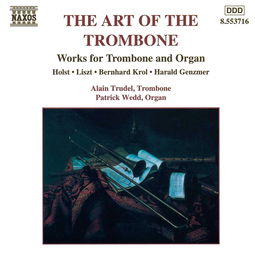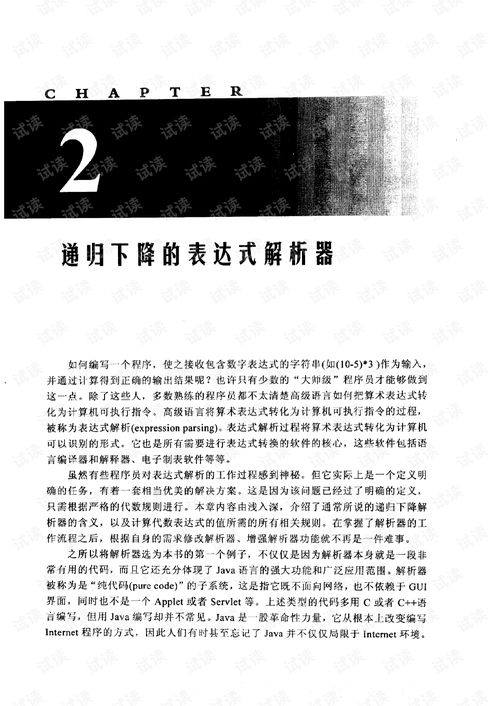Content:
Angling, an ancient pastime that has stood the test of time, continues to captivate enthusiasts around the globe. One of the most crucial aspects of fishing is mastering the technique of reeling and catching, which can make the difference between a successful day on the water and a frustrating one. In this article, we will delve into the essential techniques for抬杆 (lifting the rod) and 抓口 (catching the bite) that can elevate your angling skills to new heights.
Understanding the Lift: The Key to Sensitivity
The first step in mastering the art of reeling and catching is to understand the importance of lift. When a fish takes the bait, it often does so gently, and the initial movement can be subtle. A skilled angler can detect these delicate signals by lifting the rod at the right moment.

- Positioning: Begin by holding the rod in a comfortable grip, with your elbow slightly bent and the rod tip pointed towards the water. This allows for better control and sensitivity.
- Lift Timing: As the bait moves through the water, watch for any sudden changes in the line's tension or movement. When you sense a subtle tug or pull, it's time to lift the rod.
- Lifting Technique: The lift should be a gentle, upward motion, using the tip of the rod. Avoid jerking or sudden movements, as this can spook the fish.
The Art of Catching the Bite
Once you've lifted the rod, the next critical step is to catch the bite effectively. This involves several key techniques:
- Setting the Hook: As the rod is lifted, the line tension increases, and this is the moment to set the hook. The key is to do it quickly and smoothly. You can do this by moving the rod tip towards the fish or by applying a firm pull on the line.
- Timing: The timing of the hookset is crucial. If you set the hook too early, the fish may spit out the bait. If you wait too long, the fish may have already taken the bait deep into its mouth. Practice different timing to find what works best for the species you are targeting.
- Reeling: Once the fish is hooked, begin reeling in slowly but steadily. The goal is to tire the fish out without pulling it away from the cover or structure where it may be hiding.
Fine-Tuning Your Technique
To truly master the art of reeling and catching, it's important to fine-tune your technique through practice and observation:
- Observe the Fish: Pay close attention to the behavior of the fish you are targeting. Different species may have different ways of taking the bait, and understanding these nuances can help you adjust your technique accordingly.
- Experiment with Rod Reactions: Some anglers prefer a more aggressive lift, while others prefer a softer touch. Experiment with different rod reactions to see what works best for you and the fish you are fishing for.
- Use the Right Equipment: The equipment you use can greatly impact your success. Make sure you have the right rod, reel, and line for the species and conditions you are facing.
Conclusion
In conclusion, mastering the art of reeling and catching is a skill that requires practice, patience, and a keen sense of observation. By understanding the importance of lift, refining your hookset technique, and continuously experimenting with your approach, you can become a more successful angler. Remember, fishing is not just about catching fish; it's about the experience and the connection with nature. With the right techniques, you'll be well on your way to enjoying more rewarding days on the water.












